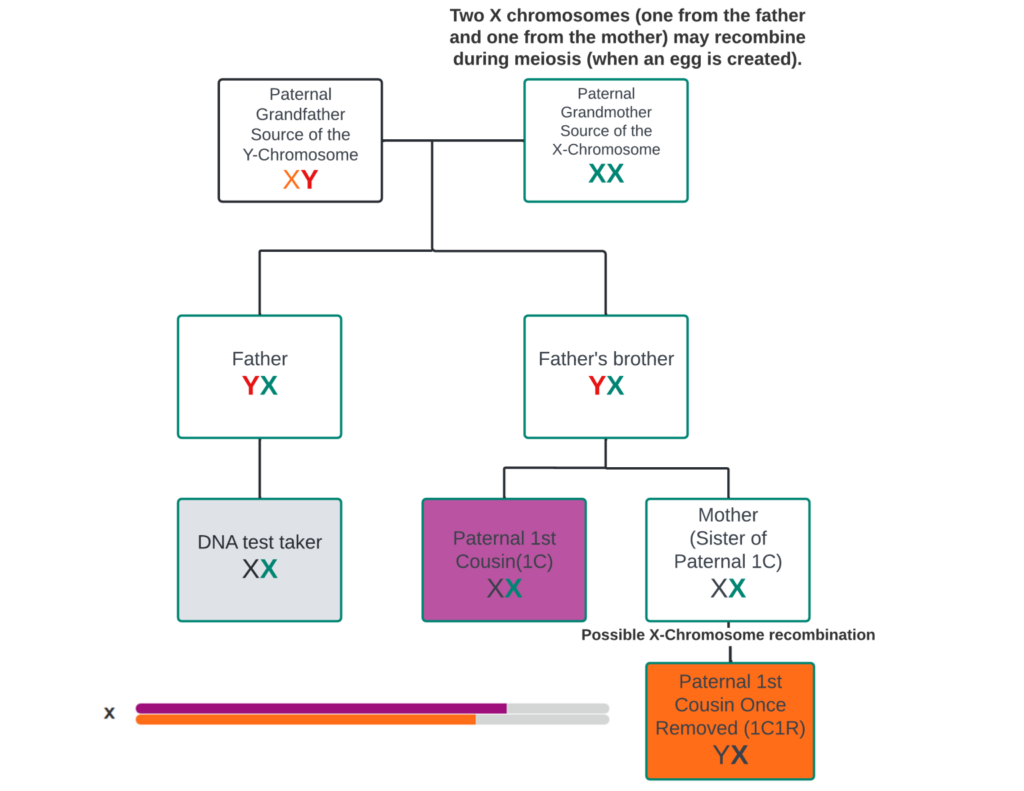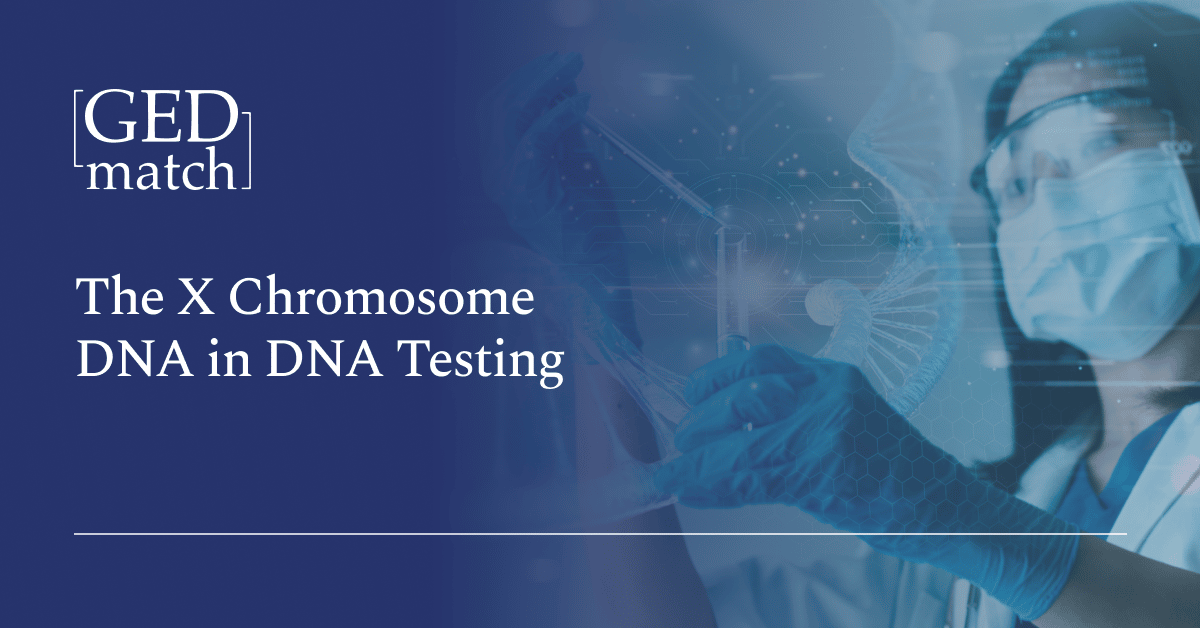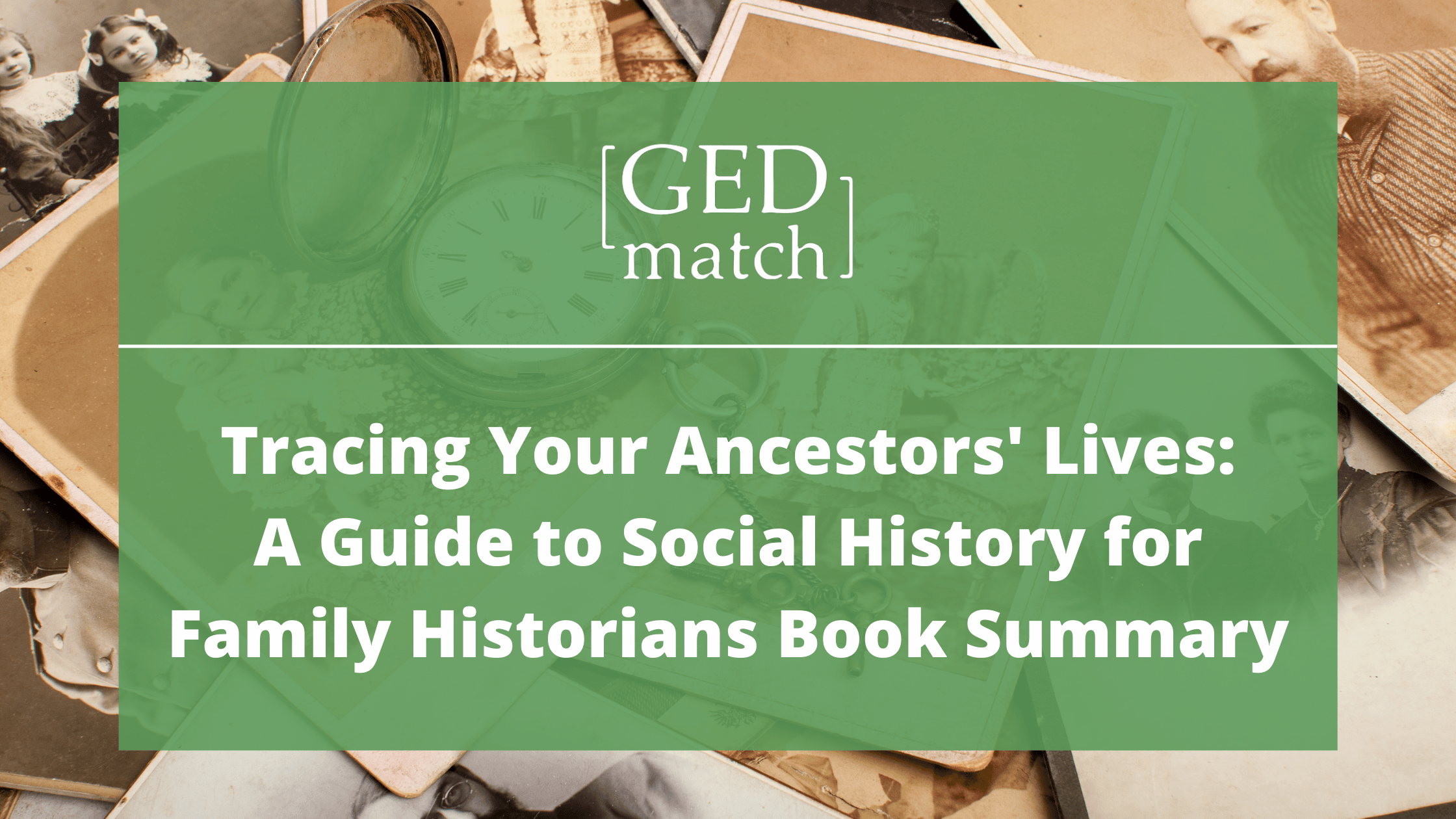All testing organizations perform X-DNA screening, however not all of them conduct data analysis. Because of the particular inheritance pattern of X-DNA, it can occasionally be used to limit the potential nature of a link between two autosomal DNA matches. X-DNA can only be passed down to subsequent generations through a small number of distinct ancestors.
The X Chromosome Inheritance
The X and Y sex chromosomes are present in males. The X and Y are not regarded as homologous because they do not contain the same genes, unlike the 444444 autosomes (non-sex chromosomes). A human female has two X chromosomes rather than an X and a Y chromosome. There is a genuine homologous relationship between these X chromosomes. Sex chromosomes don’t always form homologous pairs, thus the genes they contain exhibit distinct, one-of-a-kind inheritance patterns.
The X chromosome’s information about less likely relatives is one factor that makes it comparatively attractive. There are 128 autosomal predecessors at 7 generations, however few of them (21 for men and 34 for women) are X chromosome ancestors, potentially making analysis easier. Ancestry proportions are just one aspect of X chromosome analysis; there are other factors as well.
A test taker and two relatives are used as an example. One of the cousins is a first cousin (1C), and the other is a first cousin once removed (1C1R). The X chromosome was passed on to each of the DNA testers, who are seen in variously colored boxes in the graph, from their paternal grandmother to their fathers, who were brothers. In comparison to the paternal 1C, the paternal 1C1R underwent a second X chromosome recombination with his mother, and as a result, he inherited a smaller proportion of the same X-DNA.

What Can You Do With X-DNA?
The majority of genealogy problems cannot be resolved just by X-DNA. Together with other DNA evidence, it is used to bolster a claim. An assumption of a common ancestor, for instance, might be corroborated by atDNA, whereas X-DNA can demonstrate the ancestral line that the common ancestor belongs to. X-DNA focuses study on the ancestral lines that are most likely to have linked you to a certain person by eliminating other lines as potential candidates. A big size match does indicate that you are linked on an ancestral line through which X-DNA is passed down, but the absence of an X-DNA match due to random recombination does not prove that you are connected on a particular line. Due to the differing X-DNA inheritance patterns, many genealogists ignore X-DNA evidence.
X-DNA Test Results
Chromosomes 1 through 22 and the X chromosome are investigated in an autosomal DNA test. The X-DNA test outcomes are composed of raw DNA data. In certain online DNA testing tools, the raw autosomal and X-DNA data are combined into one file. Some companies, such as Family Tree DNA, keep the X-DNA data in a separate file. Make sure to download each file containing the raw DNA data on your own device if there are many ones. You should always verify the current standard to ensure you have all of your data because policies may change over time.
With the exception of the fact that the chromosome is specified as X or 23 rather than 1 through 22, raw X-DNA data are quite similar to raw atDNA data. The X chromosome is represented by X in Family Tree DNA, 23andMe, and AncestryDNA while 23 is used in the other two tests.
Using X-DNA Test Results
An X-DNA inheritance chart focuses on the potential ancestral lines that may have contributed to a person’s X-DNA, but the basic techniques for using X-DNA are similar to those for atDNA. Make a pedigree chart and include information on your earliest known ancestors, such as a great-grandparent or a more recent generation that is no longer alive. Make an X inheritance chart for each person who has completed an autosomal DNA test. When the individual matches both the autosomal and X-DNA, locate a common ancestor on the ancestral lines indicated on the X inheritance chart. Look over any ancestry information that your DNA matches have provided, and consider contacting them if you want more information.




